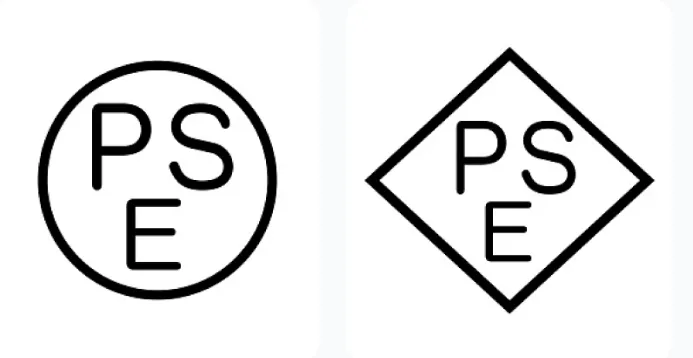
Variable Frequency Drive CE Certification Testing
A variable frequency drive (VFD) is an electrical control device used to regULate the speed of motors by varying the frequency of the power supplied to them. It finds extensive application in automated industries. To ensure the safety of VFDs used in export to the European Union, it is necessary to undergo CE mandatory certification for their safety.
CE certification Standards for VFDs
CE certification for VFDs involves compliance with two directives: the low voltage directive (LVD) and the Electromagnetic Compatibility Directive. The standard corresponding to the Low Voltage Directive (LVD) is EN 61800-5-1, and for Electromagnetic Compatibility, it is EN 61800-3.
- EN 61800-5-1: This standard focuses on electrical, thermal, and energy safety considerations, specifying requirements for adjustable speed power drive systems or their components. It applies to variable speed electric drive systems, including power conversion, drive control, and one or more electric motors. This standard does not cover traction and electric vehicle drives and applies to DC variable frequency systems connected to a maximum of 1 kV AC, 50 Hz or 60 Hz, and converter input voltages up to 35 kV, 50 Hz or 60 Hz with AC drive systems.
- EN 61800-3: Specifies the Electromagnetic Compatibility (EMC) requirements for Power Drive Systems (PDS). This standard applies to AC variable speed or DC motor drives, specifying requirements for PDS with converter input and/or output voltages (line-to-line voltages) up to 35 kV AC.
Testing Requirements for VFD CE Certification include but are not limited to:
- Electromagnetic Compatibility testing covering aspects such as interference (conducted, radiated, harmonic, flicker, etc.) and immunity (low-frequency immunity, high-frequency immunity).
- Low Voltage Directive (LVD) testing, including power, temperature rise, abnormal operation, withstand voltage, leakage current, grounding, etc.
These standards collectively form the basis of VFD CE certification, ensuring compliance with the safety and electromagnetic compatibility requirements of the European Union, thereby allowing products to freely circulate in the EU market.
Documents RequiRED for VFD CE Certification:
1. Product specification sheet
2. Design principles and parts diagrams, circuit diagrams
3. List of key components
4. Supplementary documentation as needed
Email:hello@jjrlab.com
Write your message here and send it to us
 What is Amazon TIC and How Can Sellers Achieve Com
What is Amazon TIC and How Can Sellers Achieve Com
 2026 Battery UN38.3 Certification (Test Report) &a
2026 Battery UN38.3 Certification (Test Report) &a
 What is the IEC 62680 Standard? Compliance Interpr
What is the IEC 62680 Standard? Compliance Interpr
 Amazon Japan December Compliance Requirements
Amazon Japan December Compliance Requirements
 How to Check a CPSC-Accepted Laboratory?
How to Check a CPSC-Accepted Laboratory?
 WEEE Registration for Waste Electrical &Electr
WEEE Registration for Waste Electrical &Electr
 MSDS Chemical Safety Testing
MSDS Chemical Safety Testing
 What Are the Differences Between UK REACH and EU R
What Are the Differences Between UK REACH and EU R
Leave us a message
24-hour online customer service at any time to respond, so that you worry!




